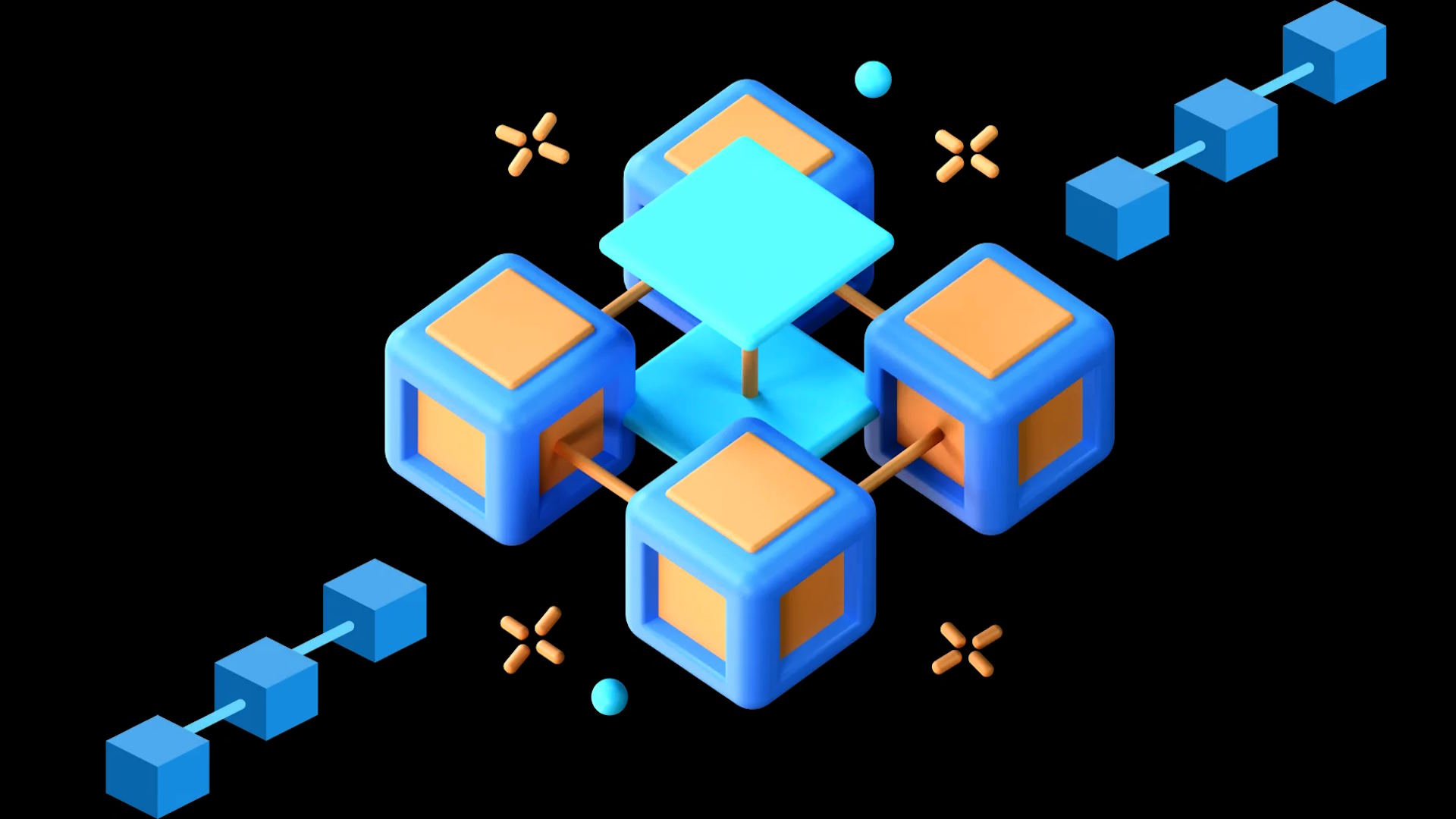A Guide to Setting Up Your Own Blockchain Node

Setting up your own blockchain node is a rewarding way to contribute to the decentralized network, enhance your understanding of blockchain technology, and potentially benefit from network rewards. This guide provides a step-by-step approach to getting started, choosing the right blockchain network, and configuring your node for optimal performance.
Getting Started with Blockchain Node Setup
- Understand the Basics
Before setting up a blockchain node, it’s essential to understand what a node does. Nodes are integral parts of a blockchain network that maintain a copy of the blockchain, validate transactions, and help propagate new blocks. Knowing these fundamentals will help you better appreciate the setup process and its importance.
- Choose Your Hardware and Software
Ensure that your hardware meets the minimum requirements for running a node. Depending on the blockchain network, this might include a powerful CPU, sufficient RAM, and ample storage. Additionally, select the appropriate software based on the blockchain you wish to connect to. Most blockchains provide official clients or software for node setup.
- Install Necessary Software
Download and install the required blockchain client software. This usually involves configuring the software to connect to the blockchain network, downloading the blockchain data, and setting up the necessary dependencies. Follow the installation instructions provided by the blockchain network to ensure proper setup.

Choosing the Right Blockchain Network for Your Node
- Research Blockchain Networks
Different blockchains offer various features and use cases. Research different blockchain networks to determine which aligns with your interests or goals. Popular networks like Bitcoin, Ethereum, and Binance Smart Chain have different requirements and benefits.
- Consider Network Popularity and Community Support
Opting for a well-established blockchain with a strong community can provide better support and resources. A popular network often has extensive documentation, active forums, and regular updates, which can be beneficial during setup and maintenance.
- Evaluate Technical and Financial Requirements
Some blockchains require significant technical knowledge or financial investment. For instance, running a full node on Bitcoin requires substantial storage and bandwidth, while staking nodes on networks like Ethereum 2.0 might involve financial commitments.

Configuring Your Blockchain Node for Optimal Performance
- Optimize Hardware Resources
Ensure your hardware resources are allocated efficiently. Regularly monitor system performance and adjust settings to balance load and ensure smooth operation. High-performance nodes often involve using SSDs for faster data access and ample RAM for handling blockchain operations.
- Maintain Software Updates
Keep your blockchain client software up-to-date to benefit from the latest security patches and performance improvements. Regular updates help ensure compatibility with the network and protect against potential vulnerabilities.
- Secure Your Node
Implement security measures to protect your node from attacks. This includes configuring firewalls, using strong passwords, and enabling encryption where possible. Regularly review security best practices to safeguard your node and the data it handles.
Setting up your own blockchain node can be a fulfilling endeavor that enhances your understanding of blockchain technology and supports the network’s integrity. By carefully selecting the right blockchain network, configuring your hardware and software properly, and maintaining optimal performance and security, you can contribute effectively to the decentralized ecosystem and enjoy the benefits of running a node.
